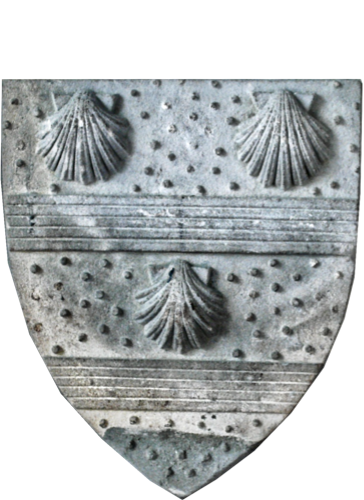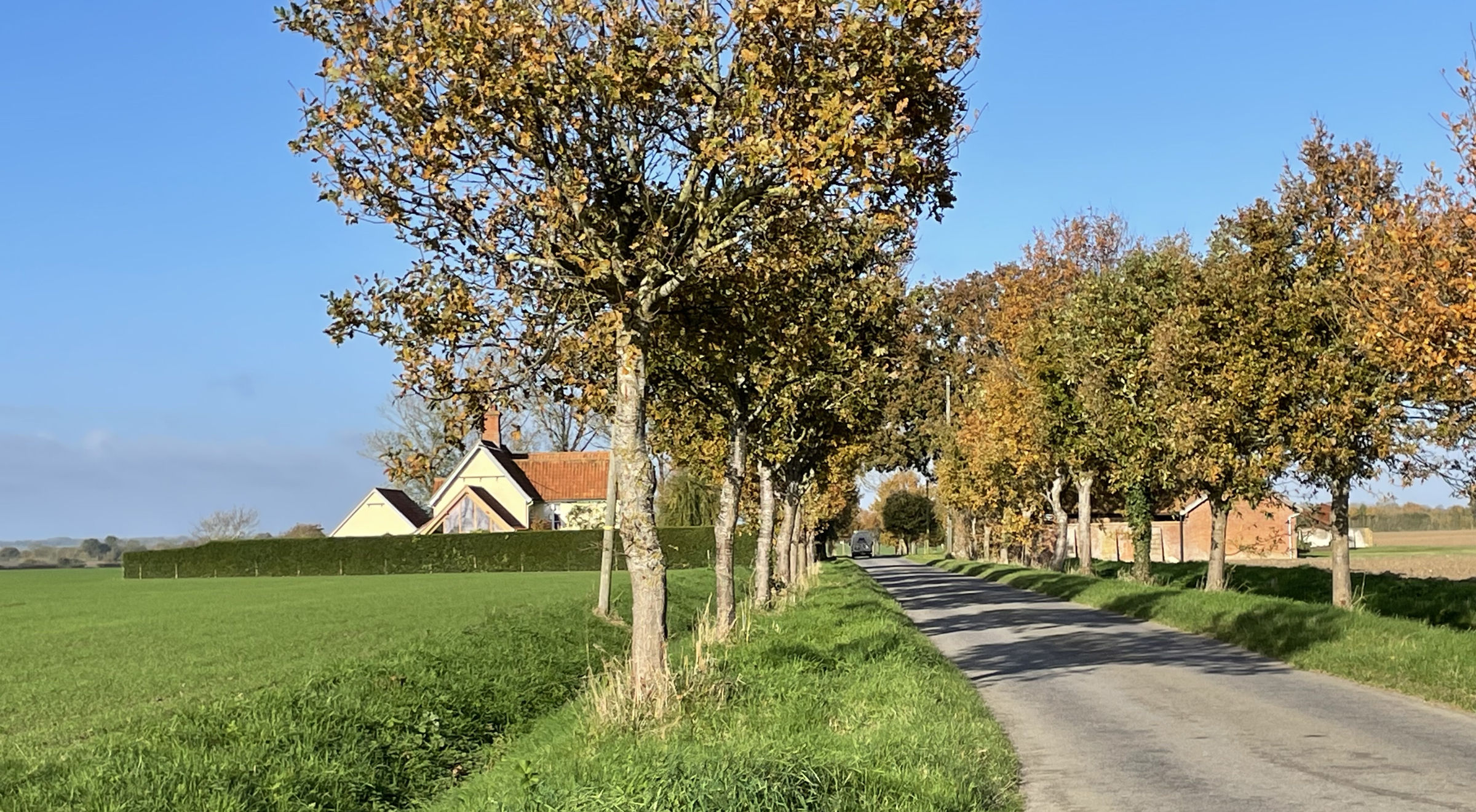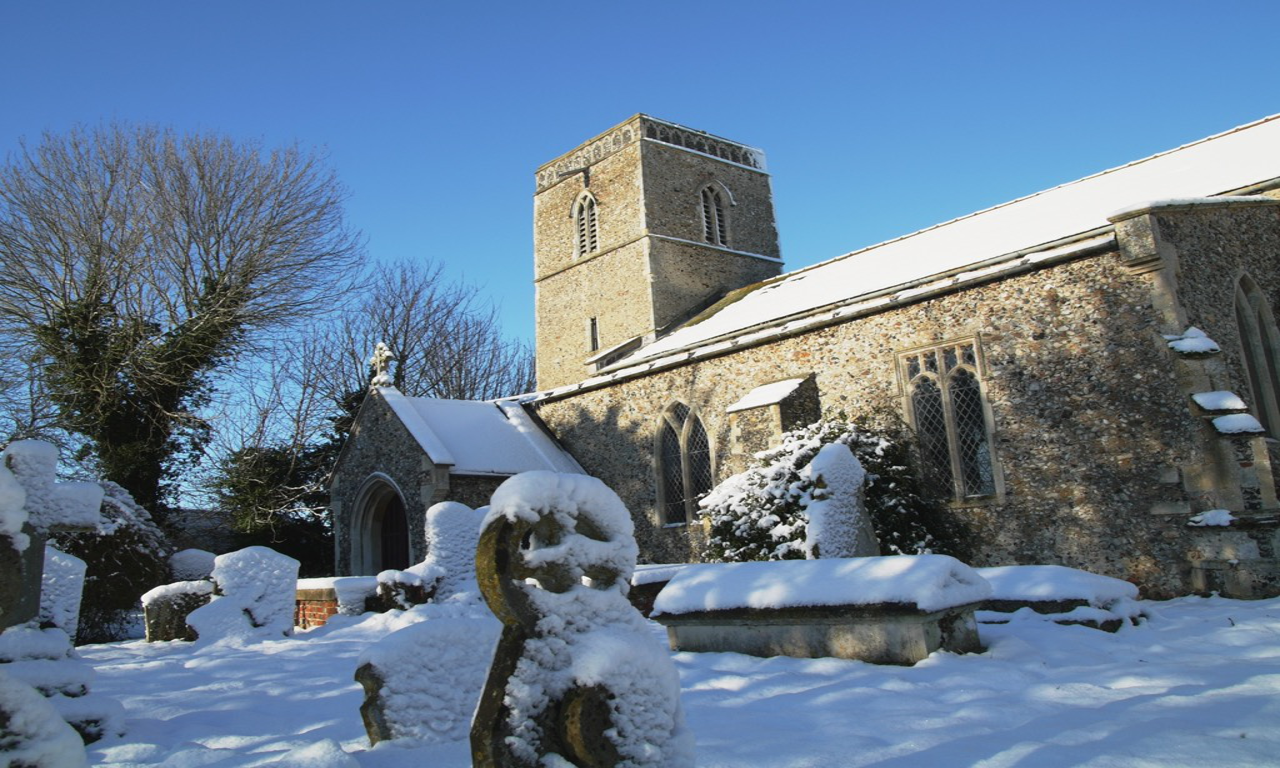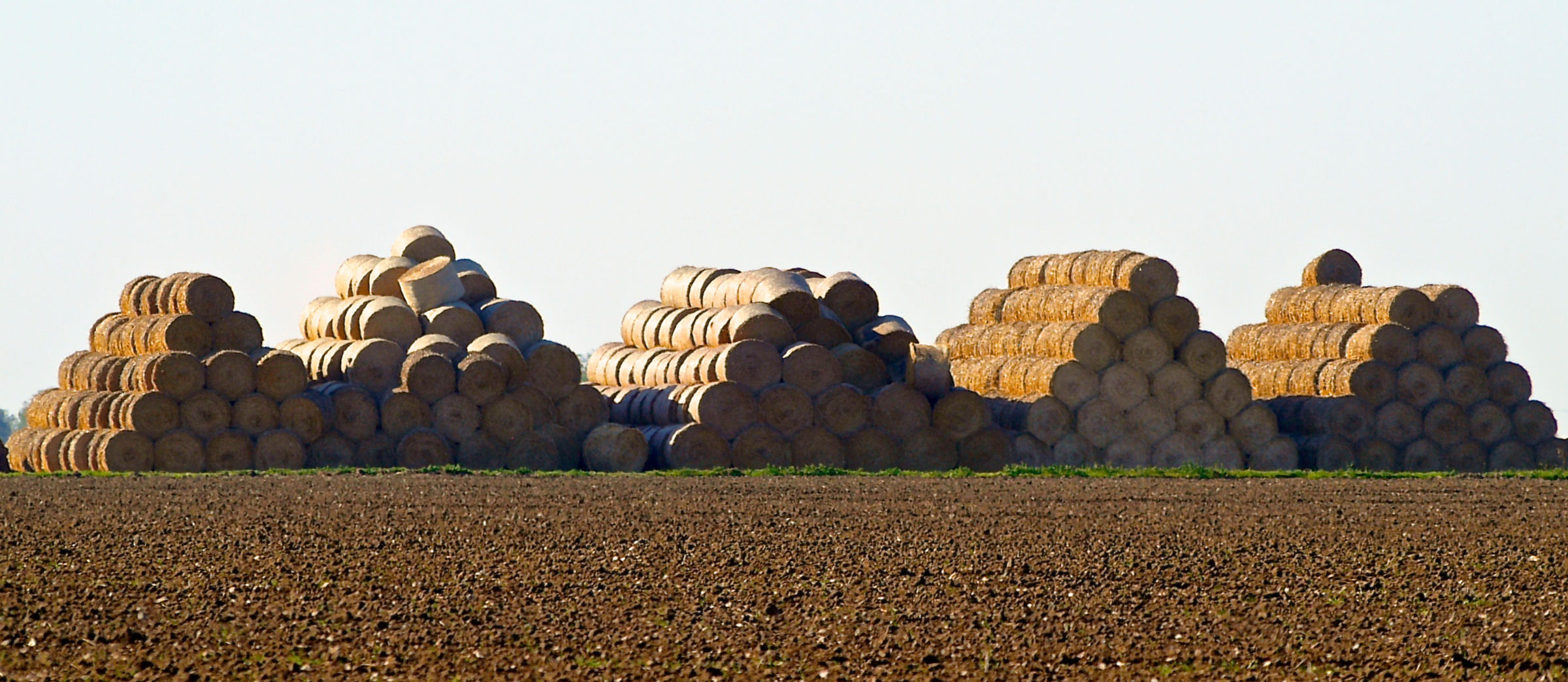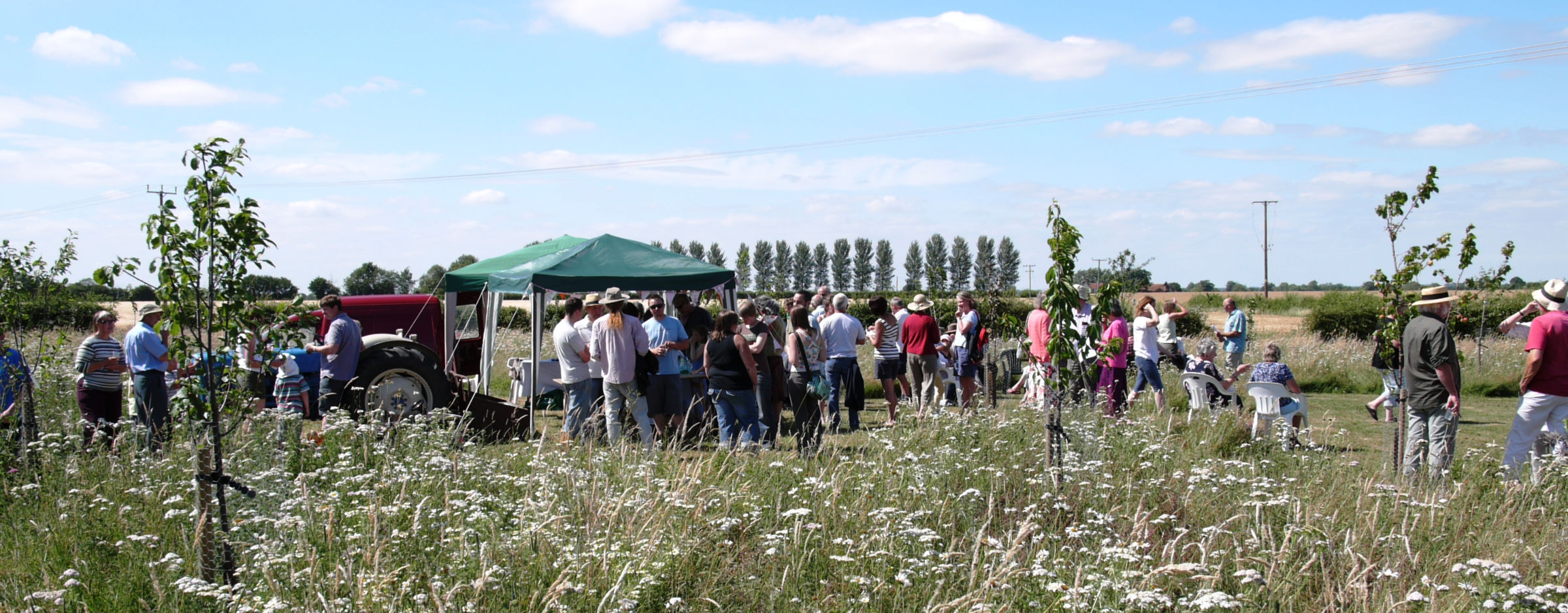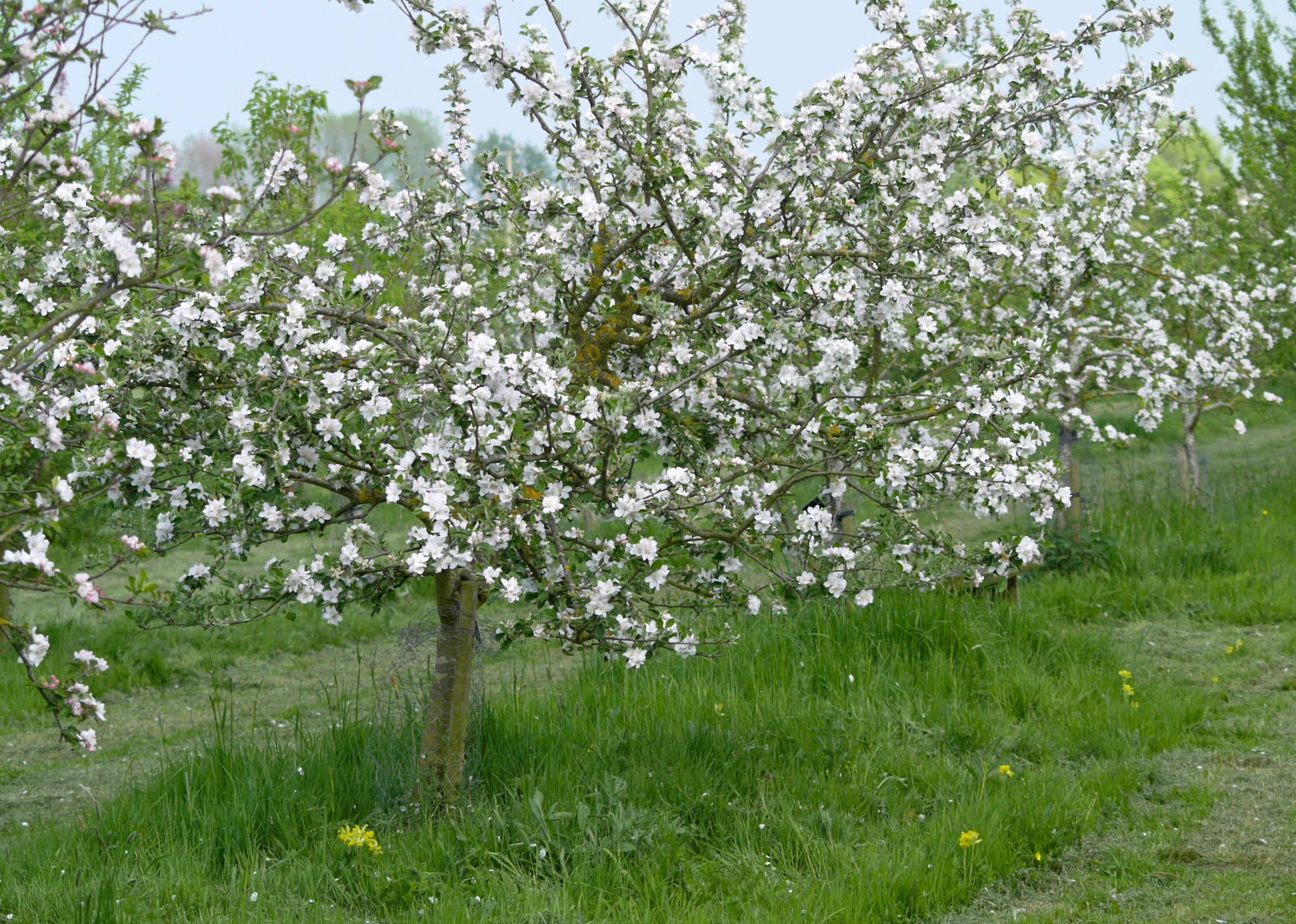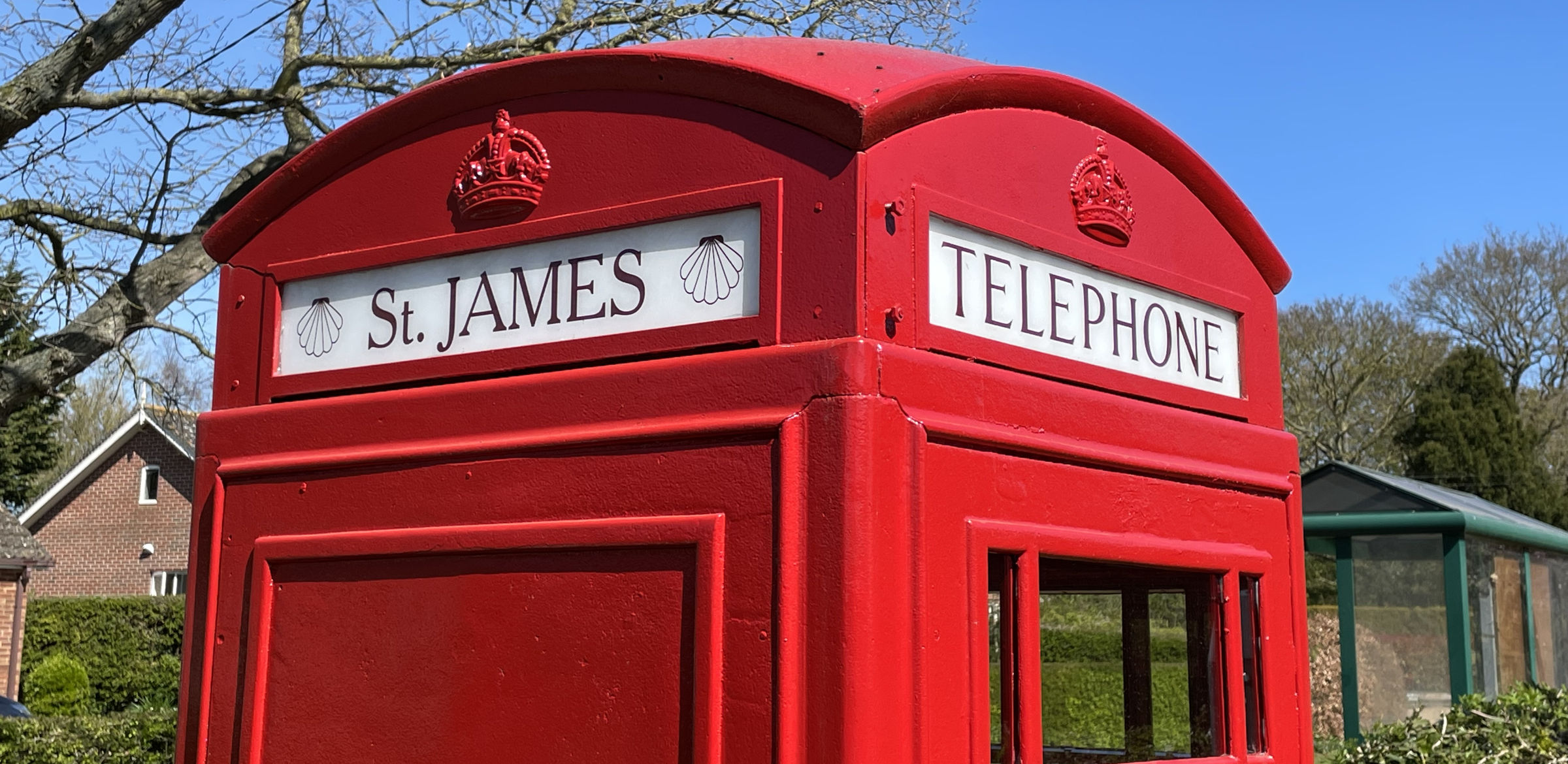Next on in St. James
St James is a traditional village and community in rural Suffolk
Useful Information
Village Welcome Pack
If you are new to St James, the Village Welcome Pack is a useful compendium of information. You can access it here.
Village Mailing List
There is a Village WhatsApp group which is a valuable way of keeping in touch and enables us to send out information and news that is
relevant to all of us in the village. If you would like to be added to the mailing list, please use the link below or email Info@StJames.
Village Footpaths
Our Parish has many high quality and well-marked footpaths, ideal for the wanderer and the dog walker. You can find more
information here.
Useful Contact Info
We use WhatsApp for contact purposes to avoid wide publication of telephone numbers
Events are also publicised in the Community magazine delivered to each house in St James.
Each section in the menu has a contact for specific information. For general enquiries please use the email address Info@StJames
Things to do in St James
The Village Hall can be booked for badminton family games, table tennis, parties and
meetings.
There are also regular sessions of Pilates, badminton craft sessions and a ‘coffee caravan’ monthly.
Help is always welcomed to run community events.
The Village Z Team meets regularly to maintain the Village Hall, Church and other village amenities and to provide help
with small gardening and maintenance jobs for those needing a bit of extra support.
The Church is open daily for visits and quiet contemplation.
The Orchard can also be visited. Click through to The Orchard section for a map of fruit and nut trees.
The village map has suggestions for interesting walks, places visit and where to stay
Things to do in St James
The Village Hall can be booked for badminton family games, table tennis, parties and
meetings.
There are also regular sessions of Pilates, badminton craft sessions and a ‘coffee caravan’ monthly.
Help is always welcomed to run community events.
The Village Z Team meets regularly to maintain the Village Hall, Church and other village amenities and to provide help
with small gardening and maintenance jobs for those needing a bit of extra support.
The Church is open daily for visits and quiet contemplation.
The Orchard can also be visited. Click through to The Orchard section for a map of fruit and nut trees.
The village map has suggestions for interesting walks, places visit and where to stay


